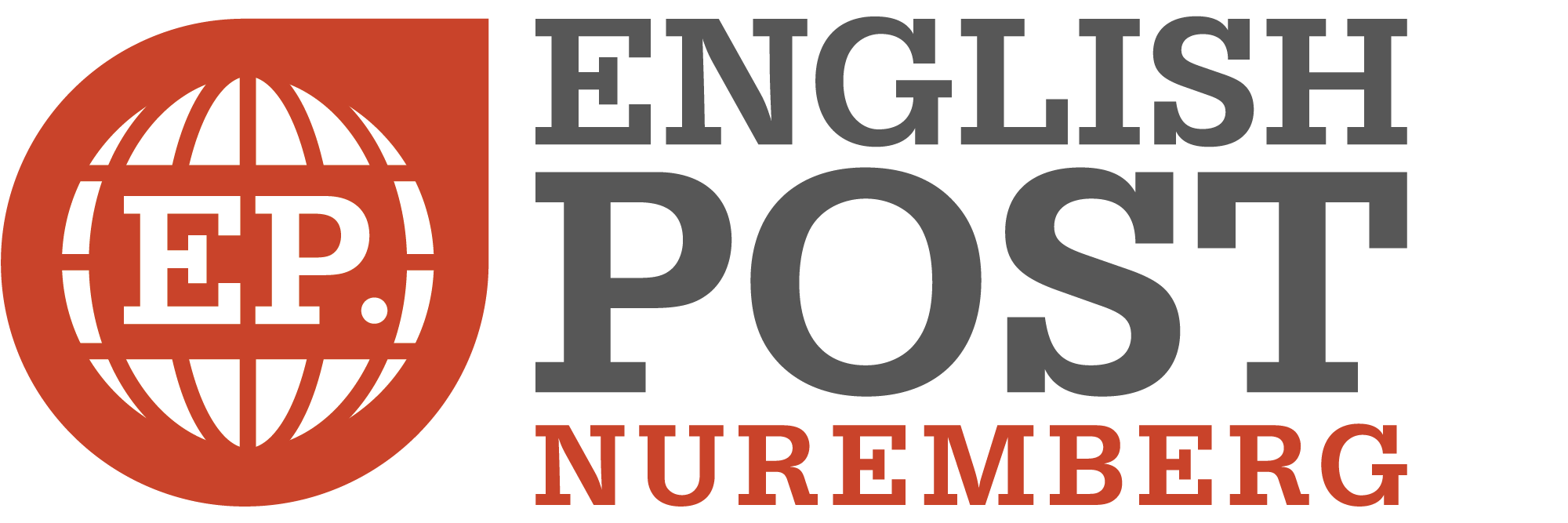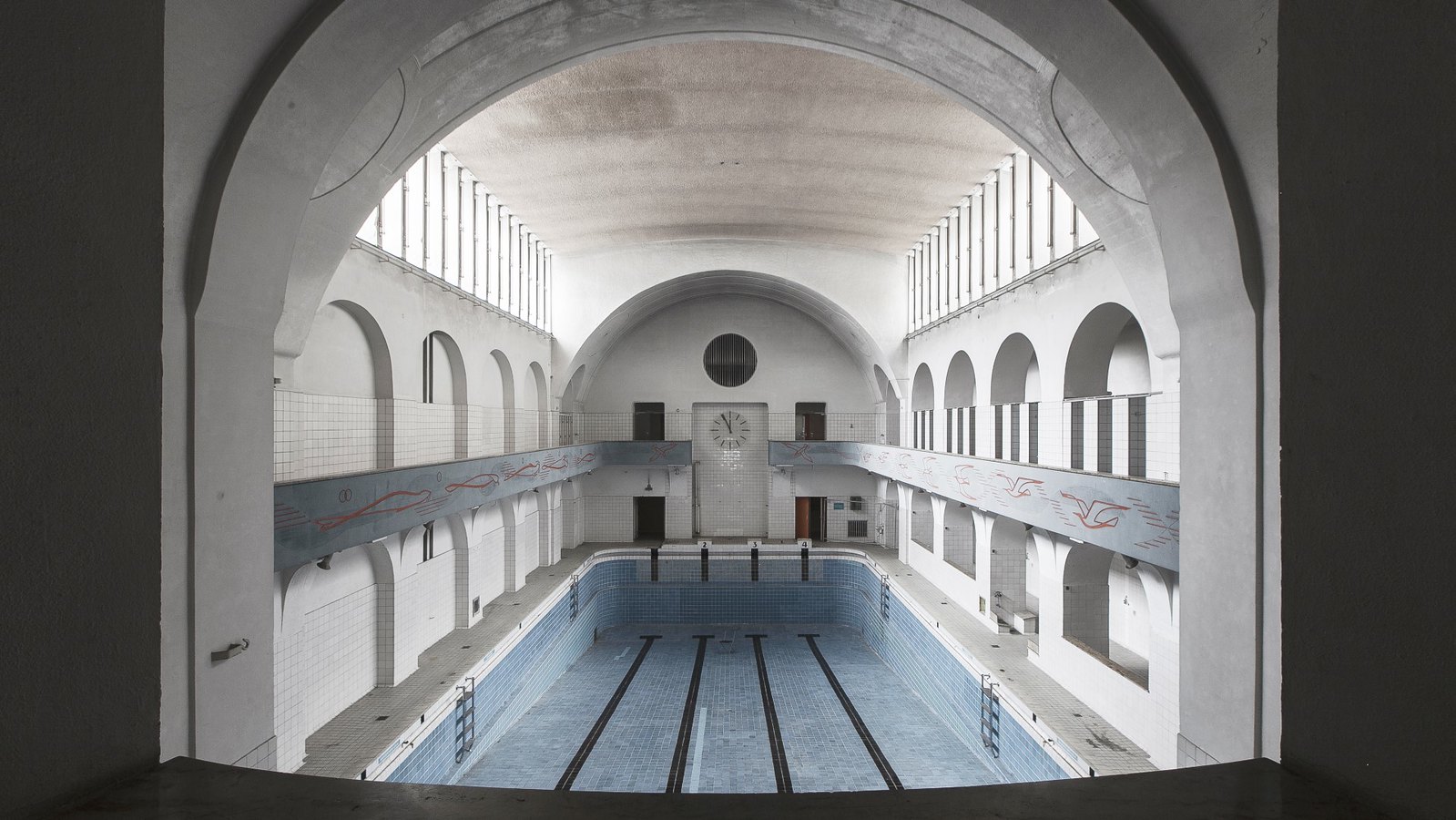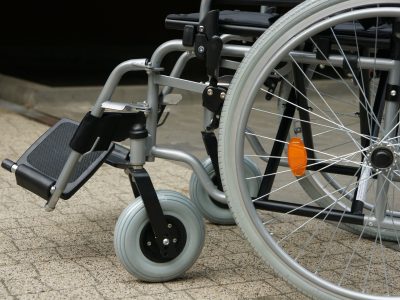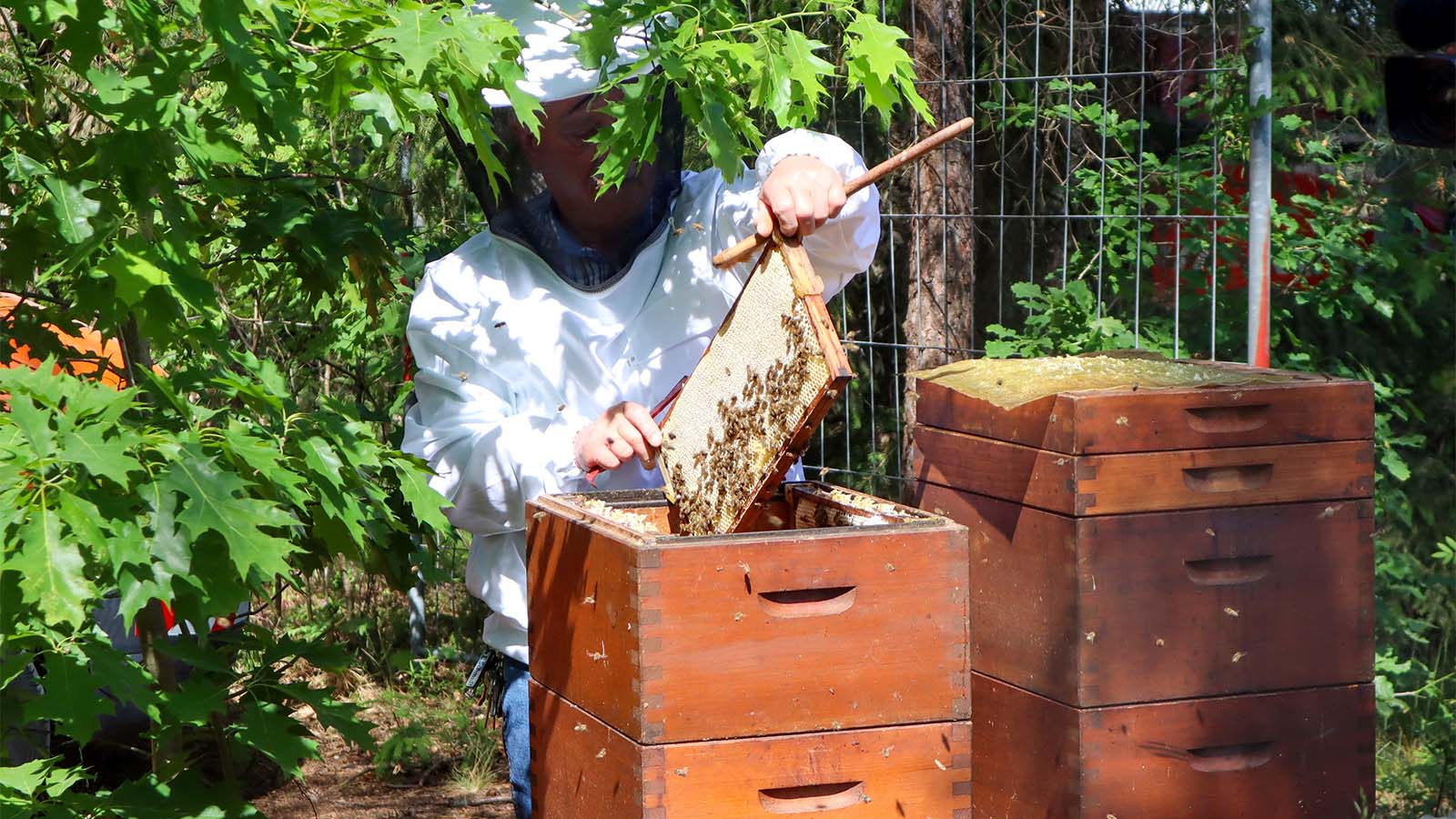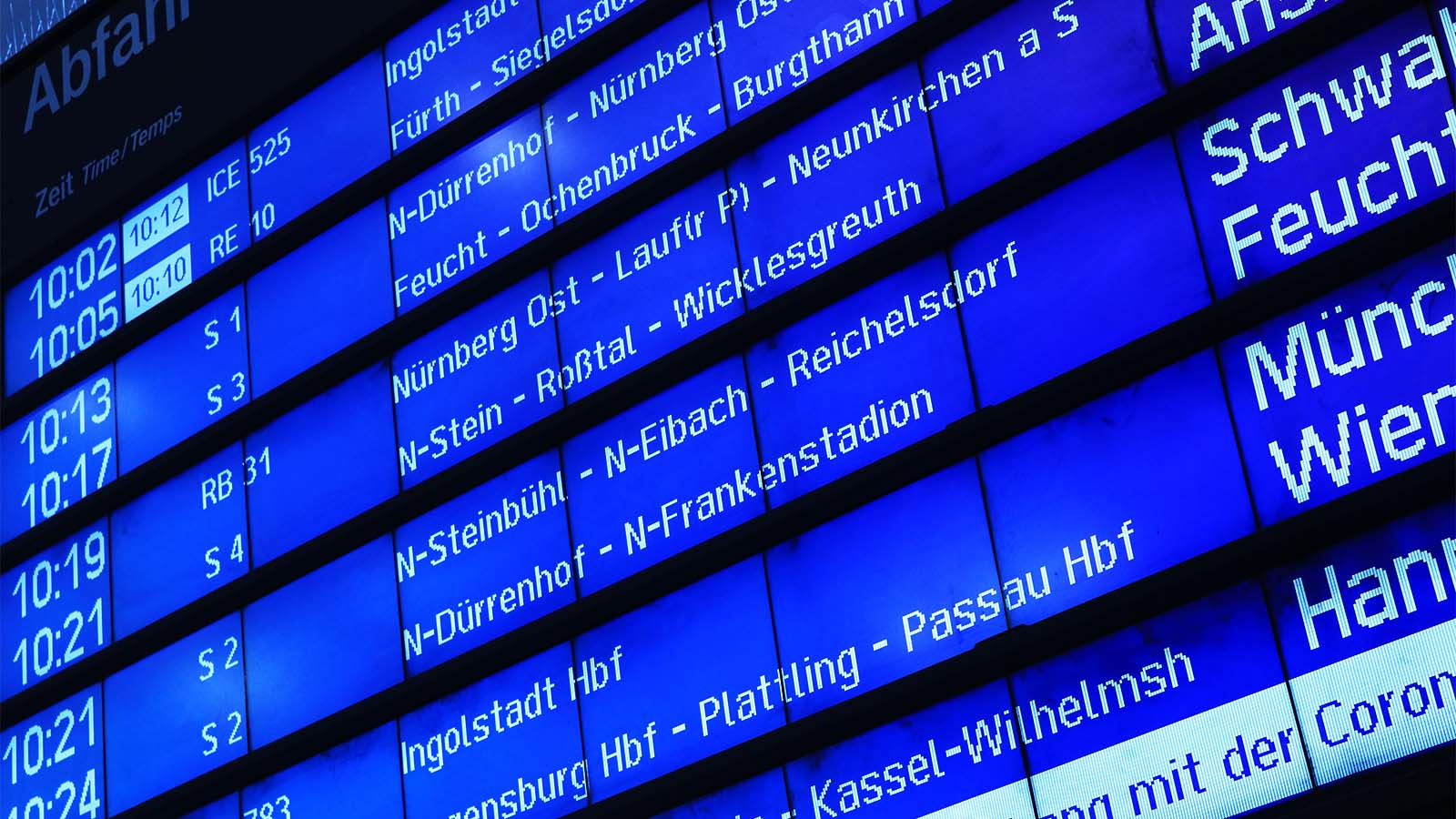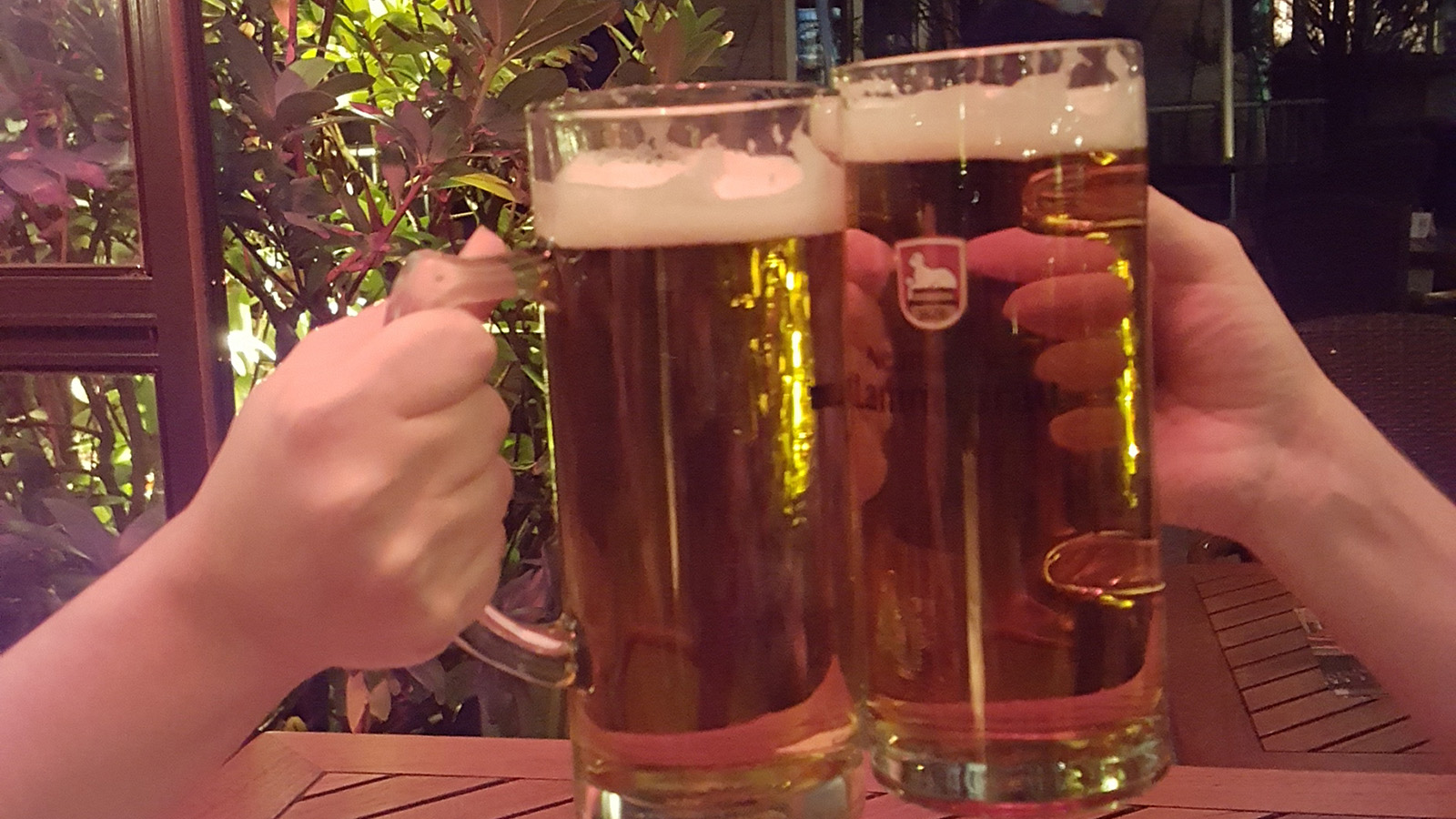The Nuremberg Volksbad (public bath; literal translation: bath for the nation) was opened on 2nd January 1914 and was the third facility of its kind in the state of Bavaria after two other public baths in Munich and Augsburg celebrated their opening a little earlier.
Nuremberg has always been a city with a rich, diverse bathing culture: it already had 14 public bathing places during medieval times which offered services such as tub bathing and medical services, including massages and tooth removal. However, these bathing places were closed down due to the massive spread of plagues and diseases but also as a consequence of the Protestant Reformation that considered public bathing contra bonos mores, in other terms, immoral.
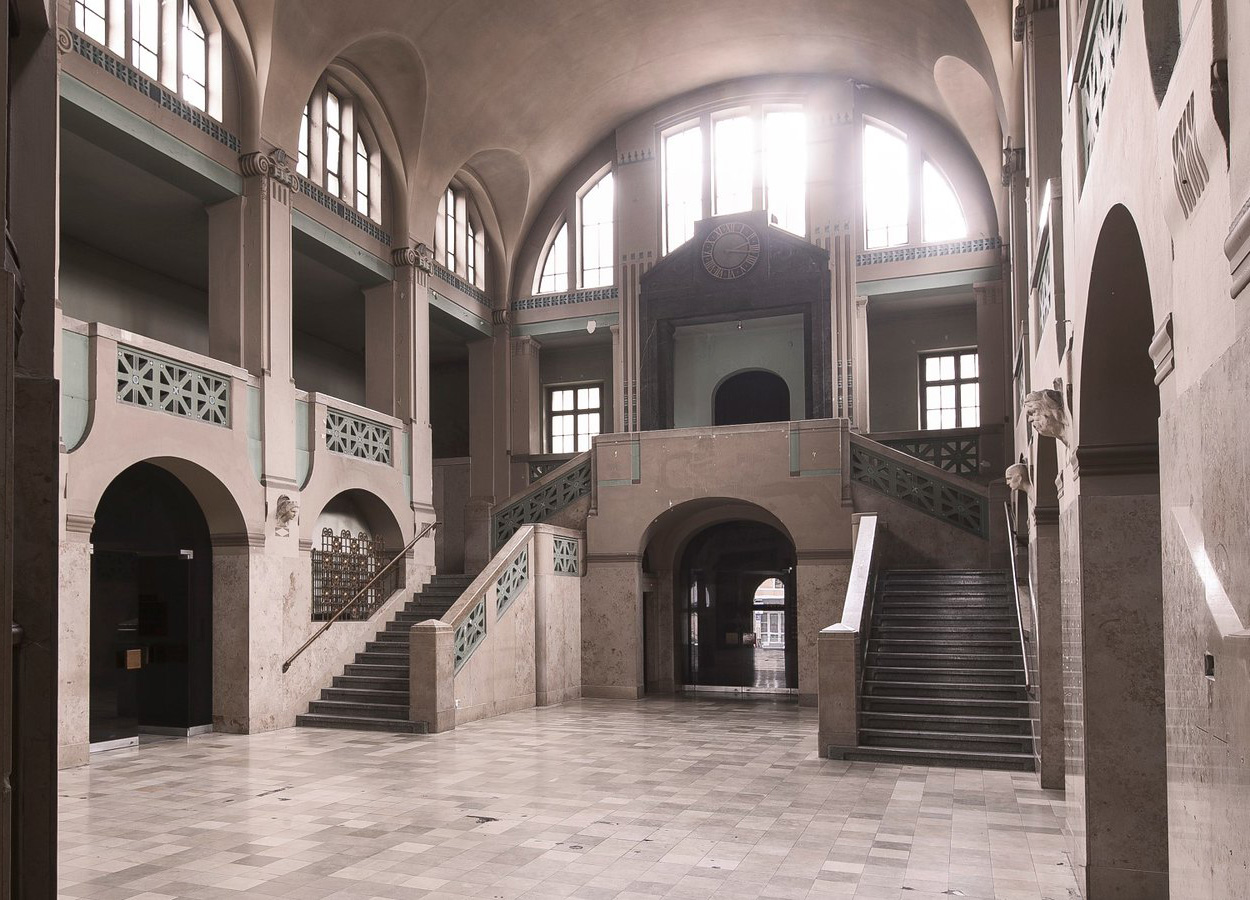
Volksbad, Nuremberg
Photo by Danko.Green on Foter
The Nuremberg Volksbad was built by Carl Weber and Friedrich Küfner between 1910 and 1914. During its early days, it was mainly used as a place of refreshment after exercise, but as the water was very cold, it was only open from May to October. The Volksbad not only offered three indoor swimming pools with plenty of other aquatic joys such as bath tubs and steam baths, it also served the public with gastronomic pleasures at the local restaurant.
In its heyday the Volksbad resembled a modern shopping centre. It provided laundry services, a tobacco store, a hardware dealer, a hosiery and last, but not least, hairstyling for dog owners and their dogs; hairdressers allowed customers to bring their dogs in for grooming.
Furthermore, the bath was decorated with stunning art. Have you ever noticed the statue called “Wilder Reiter” which is located at Konrad-Adenauer-Brücke at the Wöhrder See today? You might be surprised to learn that until 1967, this beautiful piece of art could be found inside the good old Volksbad.
Alas, due to hyperinflation the glory days did not last. At its opening in 1914, the Volksbad broke a record with an incredible number of guests; 58,521 people entered the bath in March 1914, which may have been the merit of the affordable entrance fee of 40 *Pfennigs (€0.26 today). Less than 10 years later, in June 1923, the price had risen to 450 Marks due to hyperinflation and the world economic crisis. If you think 450 Marks is a high price to pay, the price drastically increased again just a few months later, in September 1923 to an incredible 180,000 Marks! And we thought current inflation at roughly 4% was crazy…
From 1933 on, due to a new regulation by the Nazi regime, none of the Jewish population were allowed inside the Volksbad. Then the entire bath was closed down in 1944 as a consequence of the massive bombings during World War II. Rebuilding started in 1947 and was finished 12 years later in 1959. During the 1960s, the Volksbad attracted almost as many visitors as in its heyday. However, this success did not last long. With the construction of more and more public baths during the 1960s and 1970s offering more modern standards than the good old Volksbad (their focus concentrated on wellness rather than simply getting clean), the public soon lost interest in the old showstopper. As a consequence, the Volksbad was closed down in 1994 due to a shortage of parking spaces, high operating costs, outdated technical standards and lastly the lack of financial support from the city of Nuremberg.
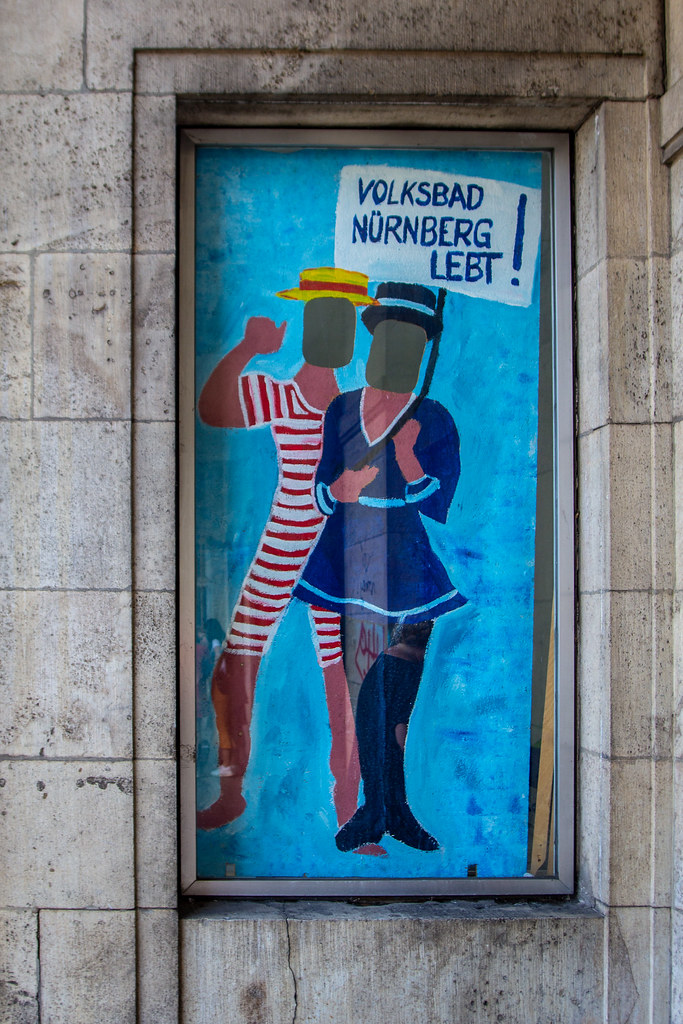
Volksbad, Nuremberg
Photo by elisasophia on Foter
In 2011, the “Förderverein Volksbad” was founded; an initiative to financially support the rebuilding of the Volksbad. The goal: to keep the public interested in the Volksbad building and find other players willing to support the reopening of the bath. A study on behalf of the city of Nuremberg estimates that restoration costs will amount to €55 million. The state of Bavaria has agreed to contribute €18 million. Good news for all Wasserratten; (water babies; literal translation: water rats) the Volksbad is set to reopen in 2024, exactly 110 years after it welcomed the public for the very first time.
*Germany’s currency consisted of Pfennig and Marks back then, Pfennig being the equivalent of today’s cent.
